In this article, we’ll delve into the world of hip-hop affiliated clothing, exploring the significance of certain brands, trends, and iconic pieces that have left an indelible mark on the fashion landscape.
The Rise of Streetwear
Hip-hop fashion emerged from the streets, and streetwear became the embodiment of this cultural movement. Brands like FUBU, Cross Colours, and Karl Kani played a pivotal role in bringing urban fashion to the forefront. These brands not only showcased fresh and edgy designs but also embraced the messages of empowerment and self-expression central to hip-hop culture.
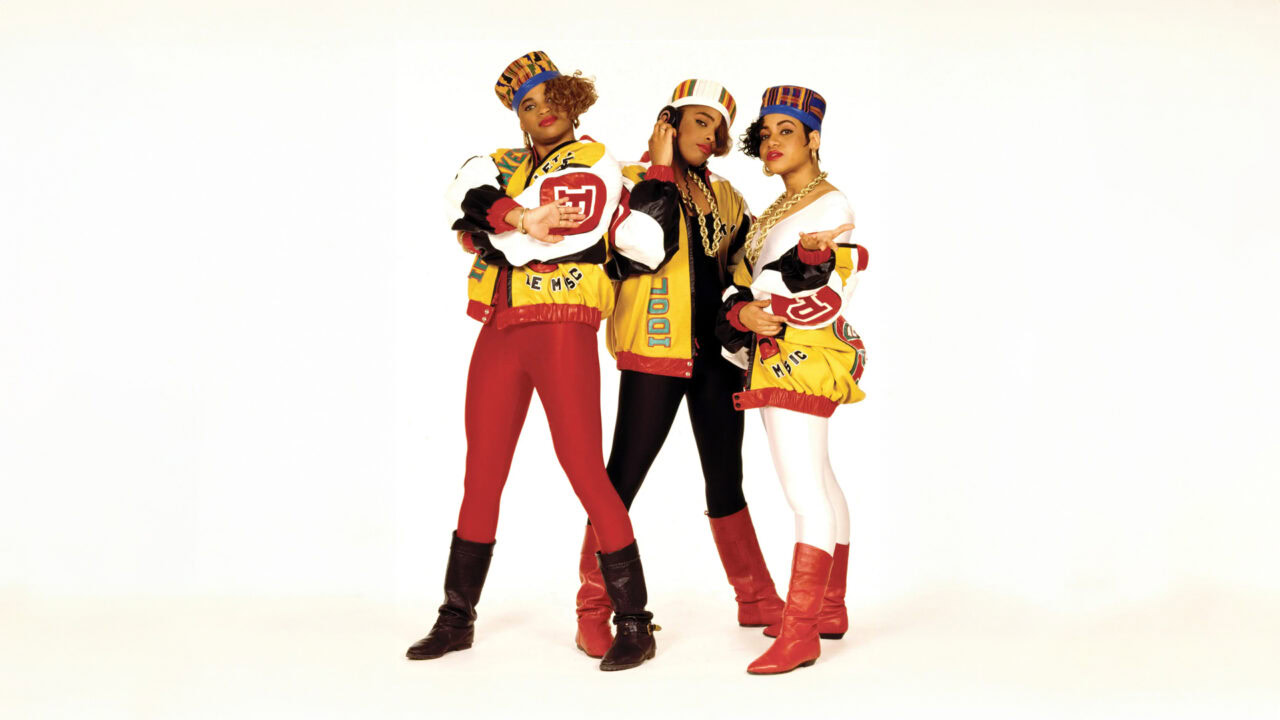
Logomania and Brand Affiliations
Much like the sports world, hip-hop has its fair share of brand affiliations. The emergence of logomania — the trend of prominently displaying logos — took the fashion scene by storm. From artists donning oversized Tommy Hilfiger and Polo Ralph Lauren pieces to iconic hip-hop figures partnering with brands like Adidas and Puma, the fusion of fashion and music created an influential synergy.
Building upon this blend of fashion and rhythm, hip-hop artists didn’t just wear the brands, they often embedded them into their lyrics, infusing their music with shout-outs to their favorite luxury and streetwear labels. This movement wasn’t solely about the artists expressing their style; it was a strategic form of branding that resonated with audiences worldwide. Through their endorsement, these musicians often influenced the rise in popularity of certain brands, affecting trends and consumer behavior.
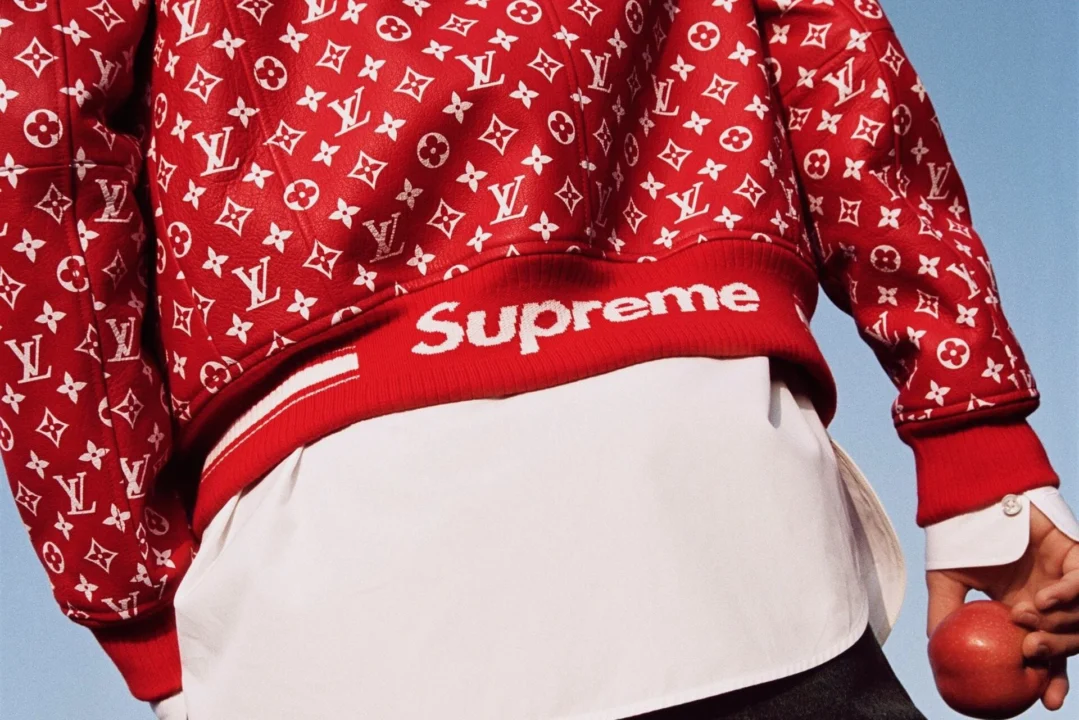
Logomania reflected a culture that valued high-status symbols, with logos serving as a form of social currency. Fans emulated their favorite artists not only by listening to their music but also by adopting their style. This led to an increase in ‘hype’ culture, where the demand for certain brands skyrocketed as they became associated with popular figures in the hip-hop industry.
Moreover, some hip-hop icons took their brand affiliations a step further by collaborating on exclusive lines, thus directly impacting the fashion landscape. Limited edition sneakers, co-branded apparel, and even accessories became highly-coveted items. These partnerships illustrated the powerful connection between artist influence and commercial success, breaking down barriers between two distinct industries and forging a lucrative alliance that continues to shape fashion and music today.
Signature Accessories and Statement Pieces
Just as sports hats carry symbolic meanings, hip-hop culture is rich with its own signature accessories and statement pieces which are intrinsic to its identity. Classic elements like chunky gold chains, often seen as emblems of success and prosperity within the community, have become synonymous with the genre. Grillz, which are customized dental jewelry made from precious metals, reflect a combination of personal expression and the embracing of luxury.
Moreover, bucket hats and track suits are not merely fashion items, but they also function as a nod to the old-school roots of hip-hop. These pieces of attire are steeped in history, harking back to the days when hip-hop was first emerging from the streets of New York. They embody the practicality that was needed for dance movements and outdoor performances, and now they continue to resonate with the spirit and originality of the culture.
Together, these items do more than just define the aesthetic; they create a connection for wearers to the history and ethos of hip-hop. It’s a way to pay homage to the pioneers of the style and to carry the legacy forward. They serve as a uniform that unites fans and artists alike in a shared cultural narrative, making them essential to the fabric of the hip-hop community.
The Evolution of Sneakers
Sneakers, once the humble bastions of functionality and athletic convenience, have undergone a cultural metamorphosis, emerging as potent symbols of status, style, and identity. No longer confined to the realms of sport or casual comfort, these versatile shoes now command the fashion stage with unprecedented authority. The transformation of sneaker culture is in no small part due to the influence of hip-hop artists, who have brought a flamboyant flair and streetwise credibility to these rubber-soled icons.
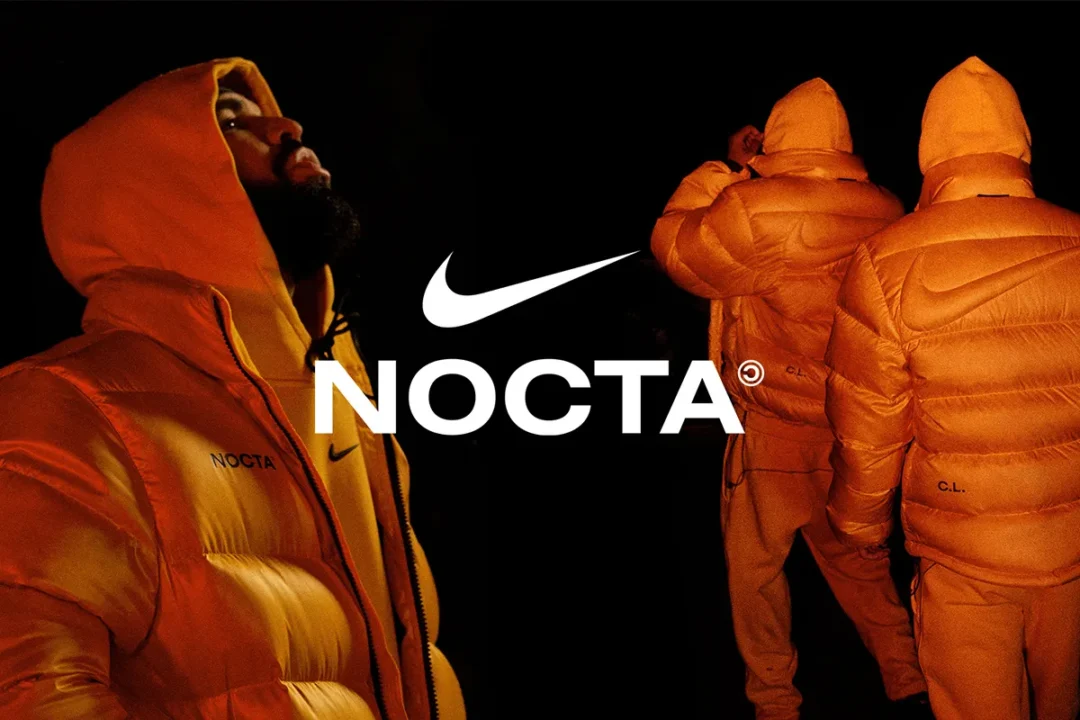
It is within the bustling crossroads of music and fashion that hip-hop artists have played a pivotal role in elevating sneaker culture beyond the ordinary. These artists often double as trendsetters; they not only wear but also innovate, infusing sneakers with their own creative vision and persona. Their endorsement turns ordinary footwear into coveted treasures that resonate with cultural significance and the allure of celebrity.
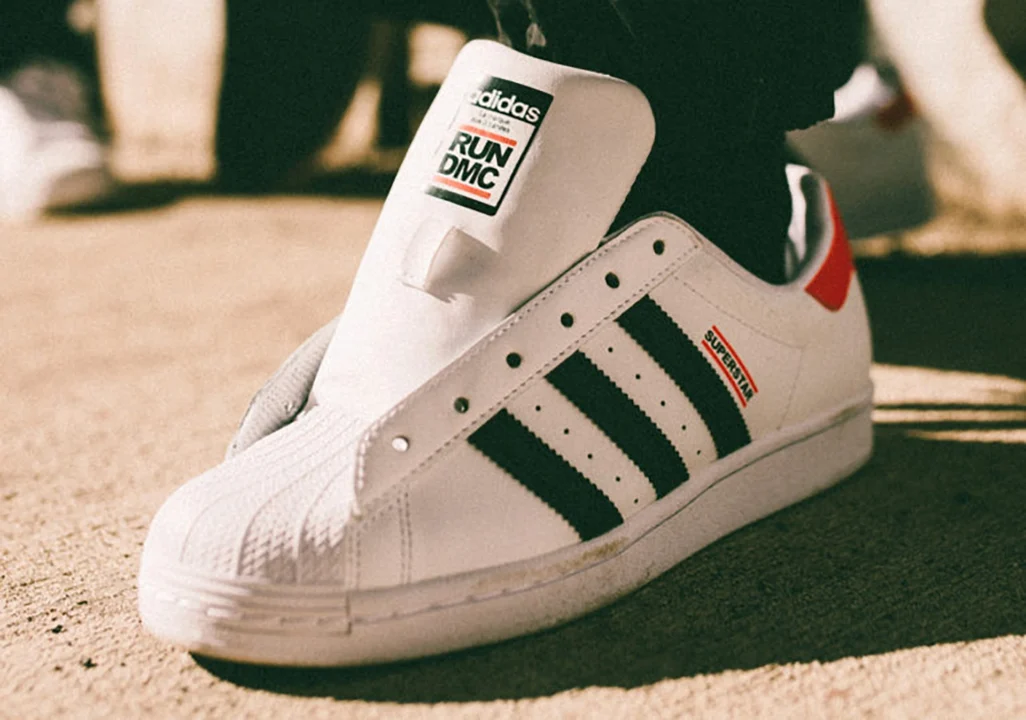
The collaborative efforts between these artists and established sneaker brands have birthed collections that are as much artistic showcases as they are functional footwear. Limited edition releases are particularly notable, with anticipation built up through expertly crafted marketing campaigns and buzz through social media and influencer networks. When these sneakers are released, they are often available in scarce quantities, which serves to enhance their perceived value and collectability. It’s not just about owning a pair of shoes; it’s about possessing a piece of culture, a fragment of the zeitgeist encased in leather and thread.
Such sneaker releases are not merely transactions; they are events that command both attention and significant financial outlay. They sell out within minutes, only to reappear on the secondary market where their value can skyrocket to many times the original retail price. The thrill of the chase for these limited-edition sneakers fuels a vibrant and dynamic aftermarket, where collectors and aficionados are willing to invest not just their money, but also their time and passion.
In this new era, sneakers have become canvases for expression, tokens of community, and badges of honor. They tell stories, exhibit allegiance to cultural movements, and articulate individual style, transcending the rubber and canvas from which they are made. The alignment of hip-hop’s boundary-pushing nature with the innovative spirit of sneaker design ensures that the fusion of these two cultural forces will continue to captivate and inspire for years to come.
Local Flavor and Regional Styles
Hip-hop has transcended its musical roots to become a pervasive cultural force, and nowhere is this influence more evident than in the field of fashion. The attire associated with this genre is as diverse as its musical sounds, often varying from one region to another, reflecting the local culture and ethos.
For instance, the West Coast is widely recognized for popularizing the relaxed fit of baggy jeans paired with oversized t-shirts. This laid-back approach to style captures the sunny, easygoing attitude of states like California. Artists and aficionados from Los Angeles to Oakland often complement this attire with sneakers, baseball caps, and flannel shirts, creating a look that’s both comfortable and street-savvy.
On the opposite side of the continent, the East Coast — particularly New York City — has championed a more polished urban aesthetic. Here, the love for hip-hop fashion manifests in sharp, tailored tracksuits, and timeless Kangol hats, often paired with Adidas Superstars or Timberland boots. Colder weather inspires layered looks, with puffy vests and jackets adding both warmth and style.
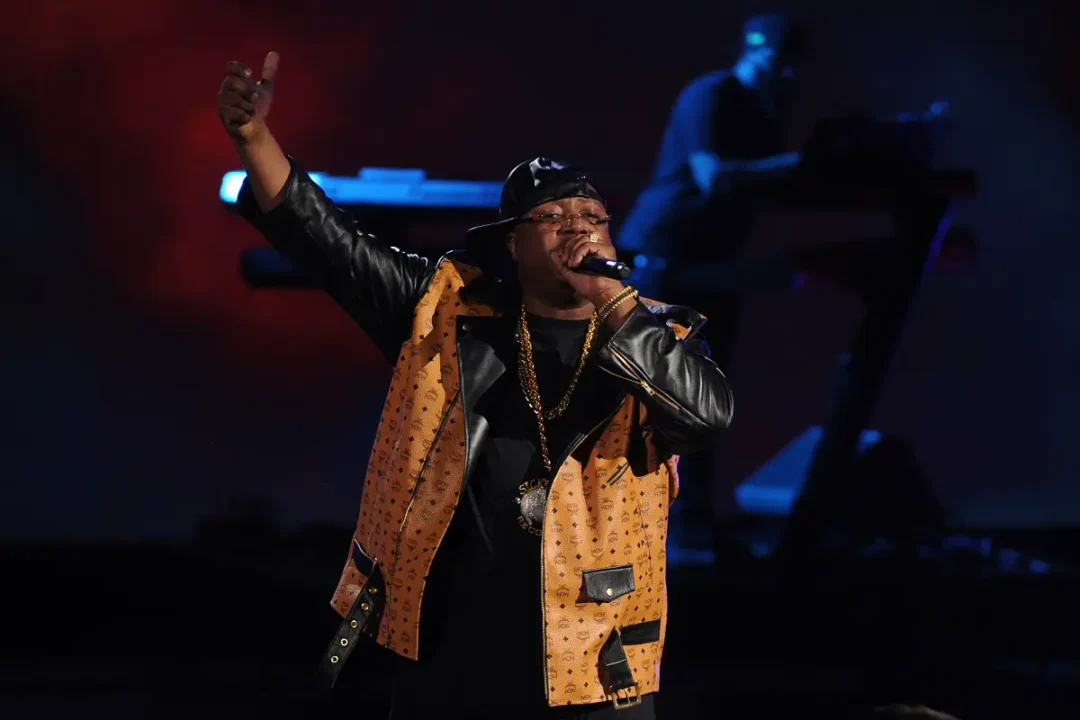
Down South, hip-hop fashion takes on a different flavor, with cities like Atlanta introducing vibrant colors and bold patterns into the mix. Gold grills, flashy jewelry, and bandanas are not uncommon, mirroring the region’s music scene’s penchant for flamboyance and extravagance.
Across the pond, the United Kingdom has developed its distinct hip-hop style, which closely ties in with the grime scene — a genre with deep hip-hop influences. In cities like London and Manchester, fashion-savvy youth sport designer tracksuits, hoodies, and grime-specific sneaker choices, effortlessly blending high-street with streetwear.
Influences from these various regions crisscross the globe, creating international trends and igniting a cross-pollination of styles. The internet and social media have further accelerated this global exchange, allowing someone in Tokyo to adopt the West Coast style or a Berliner to embrace New York’s fashion sensibilities with a mere click.
What we witness today is an elaborate tapestry of hip-hop fashion that is as diverse as the genre itself, constantly evolving and adapting, yet remaining rooted in the streets where it was born. This dynamic confluence of regional styles not only contributes to hip-hop’s vibrant global identity but also perpetually shapes the broader landscape of worldwide fashion trends.
Empowerment Through Fashion
Hip-hop fashion extends beyond mere aesthetics; it embodies a profound medium of self-expression, empowerment, and cultural pride. Far more than just selecting clothing for its appearance, individuals in the hip-hop community leverage fashion as a narrative tool, conveying their unique identities and journeys. Each ensemble acts as a visual story, interweaving tales of personal struggles, achievements, and resilience.
The distinctiveness of hip-hop attire can often be traced back to its roots in the urban landscapes of the ’70s, where it functioned as a tangible extension of the music and street art that characterized the culture. Over time, it has evolved, embracing luxury brands and high fashion, without losing touch with its foundational elements of creativity and resistance.
Fashion within hip-hop isn’t merely about following trends; it’s about making a statement. Those engaged in the culture utilize clothing as a powerful form of language, one that speaks volumes about their beliefs, values, and the societal statements they wish to make. This sartorial communication fosters a sense of community and solidarity among its members, creating an unspoken bond that transcends geographical boundaries.
Moreover, the global influence of hip-hop fashion reflects its ability to cross cultural divides, inspiring a diverse audience to appreciate and adopt its unique style. This universal appeal underlines the music genre’s impact and the collective desire for a voice and representation in mainstream media. Hip-hop fashion continues to redefine the boundaries of traditional fashion norms, asserting a transformative influence on the fashion industry at large, charting new territories for future generations to explore and define.
From its humble beginnings to its global impact, hip-hop affiliated clothing remains a dynamic and influential force in the world of fashion. The fusion of music, culture, and style has created a rich tapestry of garments, brands, and trends that continue to shape the way we express ourselves and engage with the world around us. Just as with sports hats, hip-hop clothing embodies a sense of belonging and affiliation, reminding us that fashion is more than what we wear — it’s a statement of who we are.
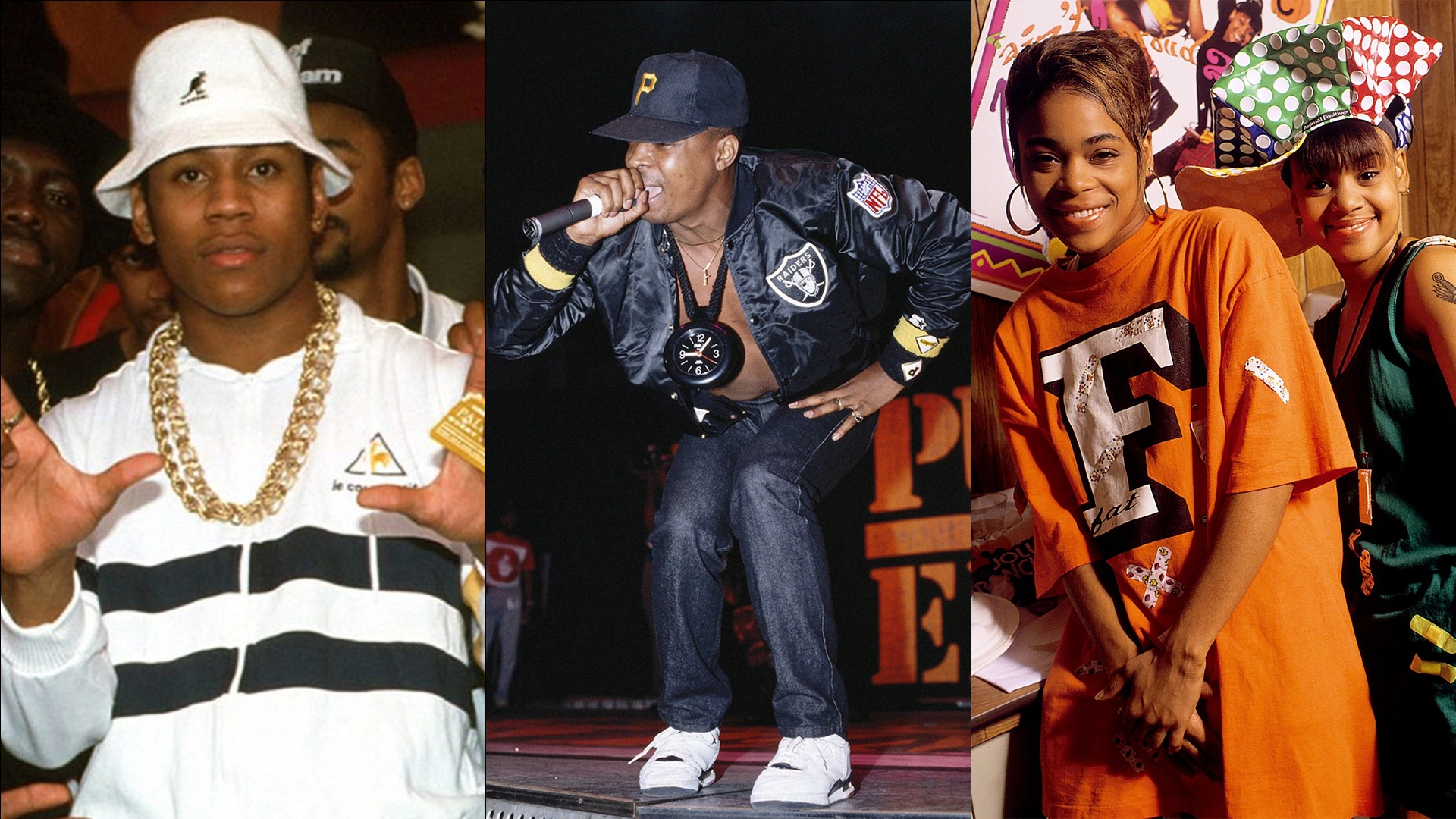
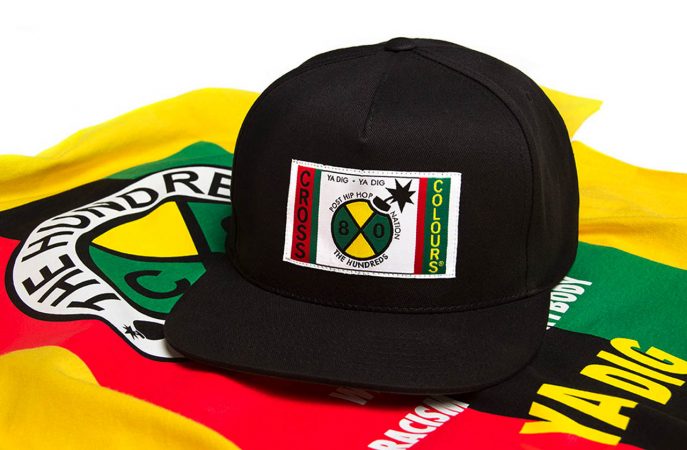
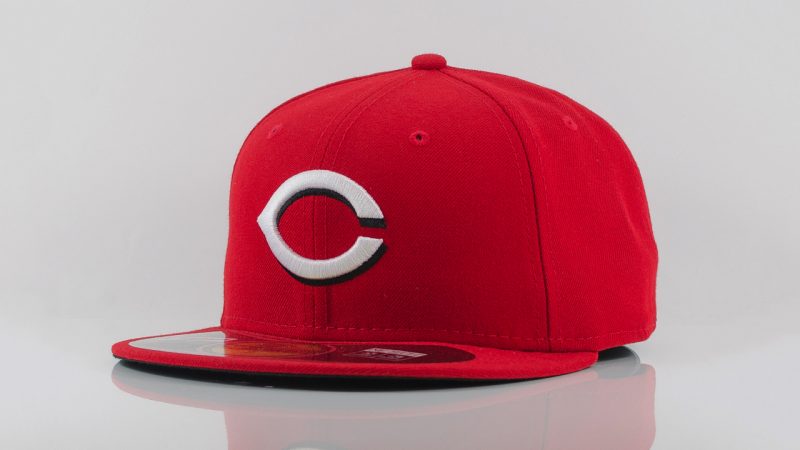

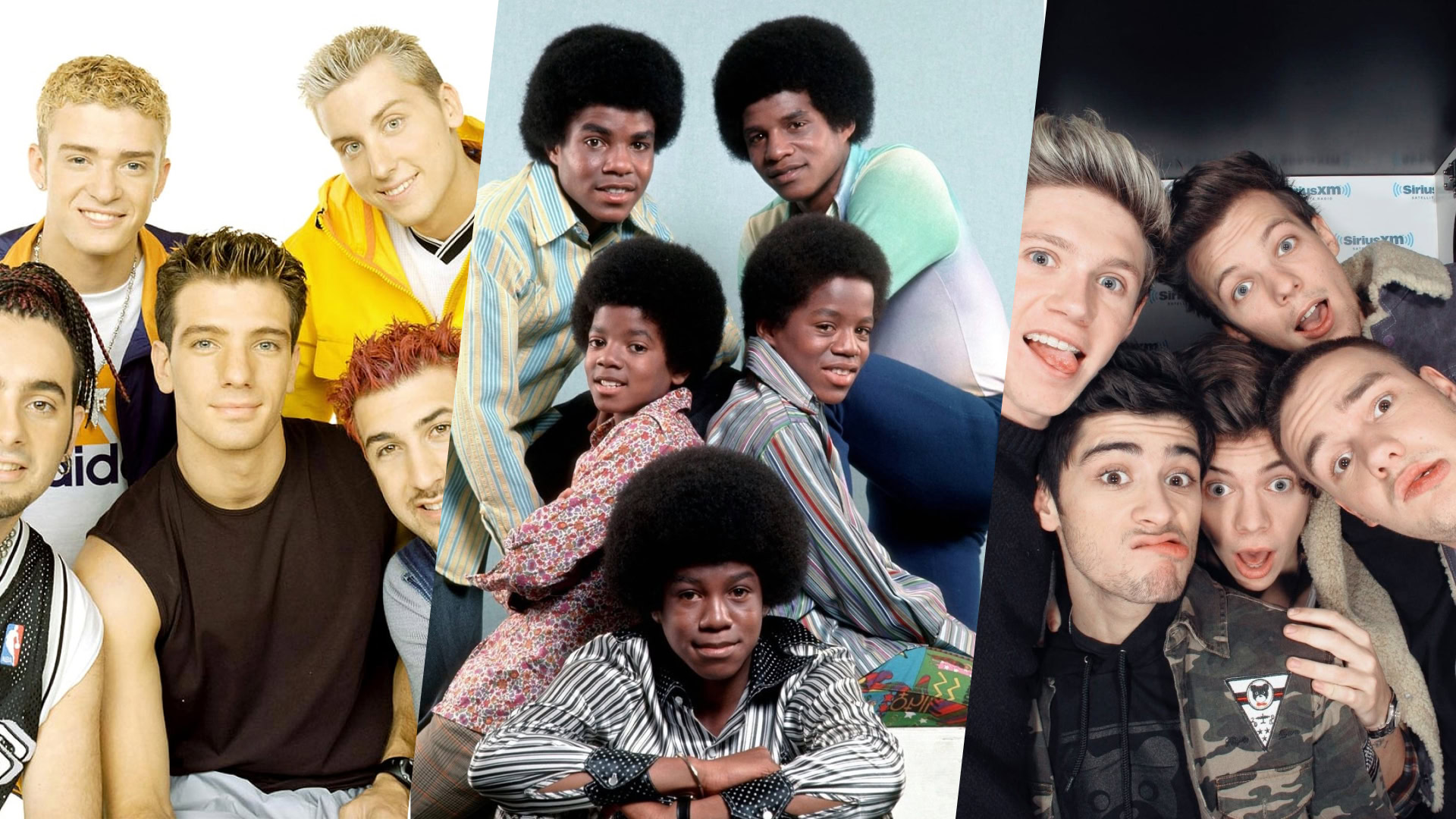
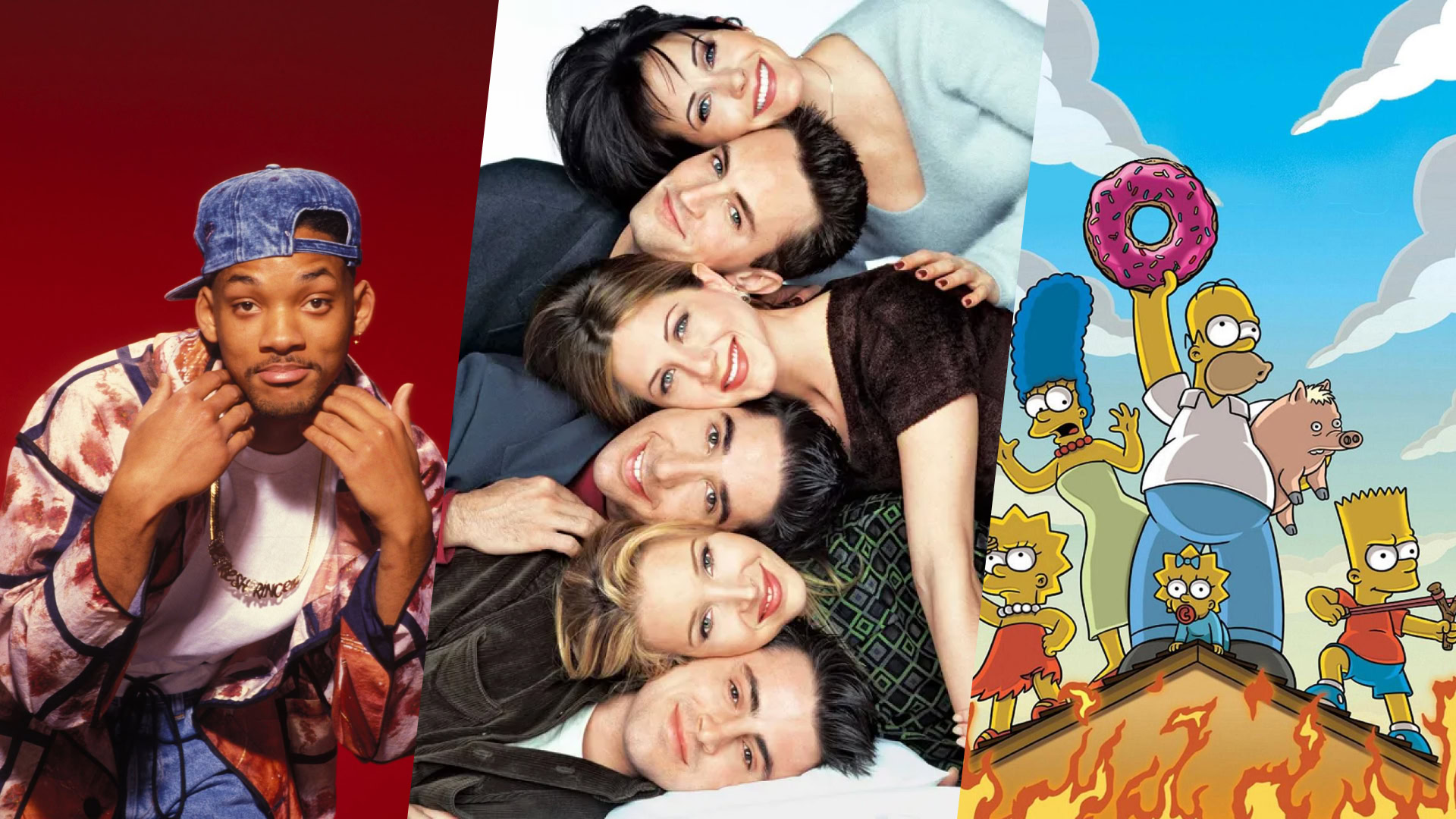

Leave a Reply